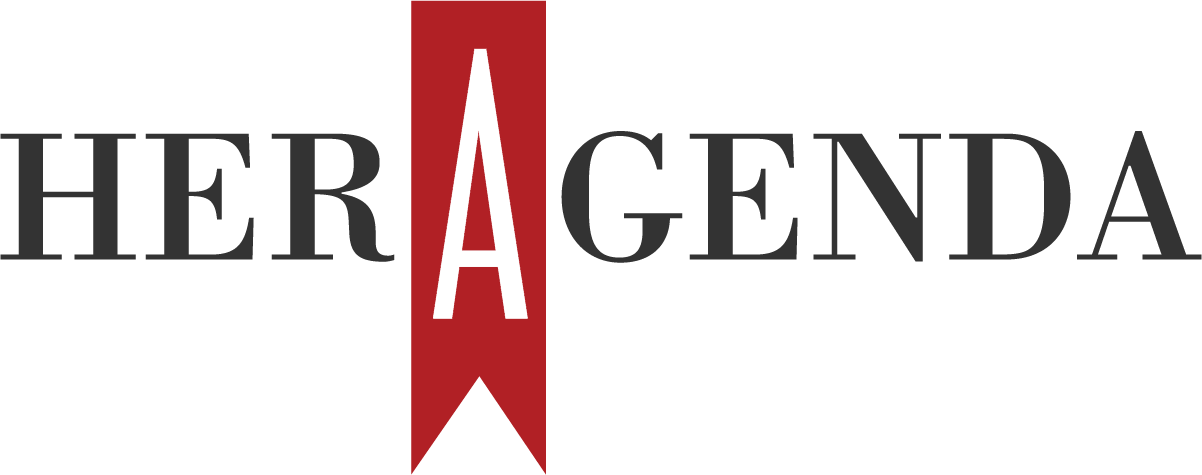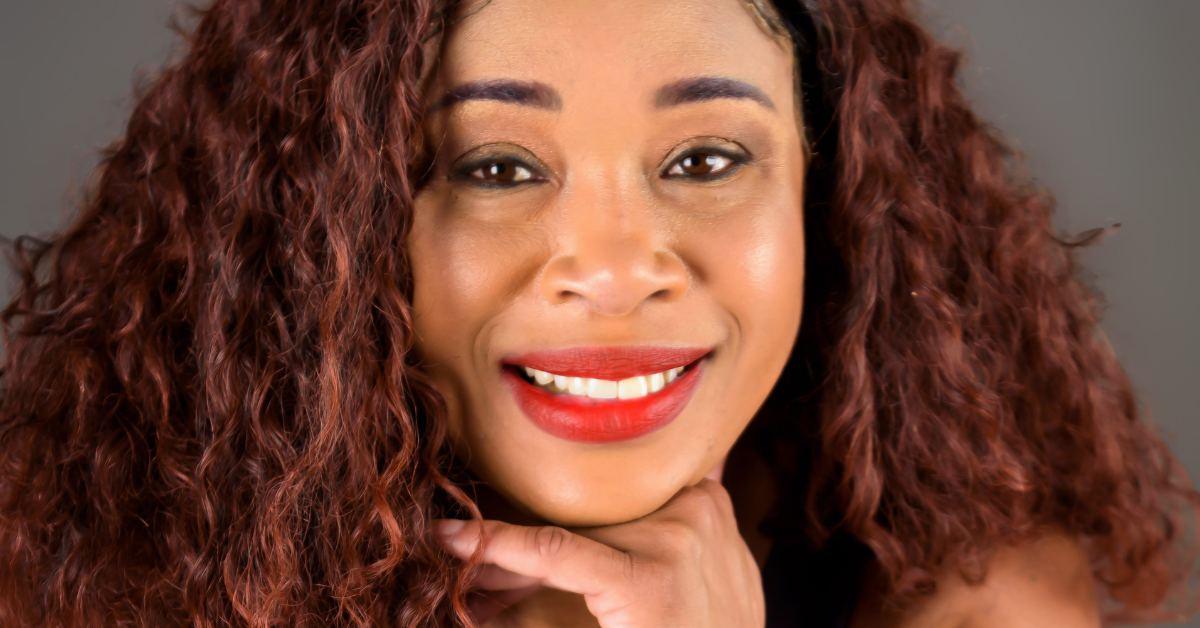The Breast Cancer Gap: What Awareness Month Gets Wrong About Women

For years we have heard the friendly slogans: “Think pink. Get screened. Survive.”
It is comforting and hopeful. But for countless women, especially women of color, younger patients and low-income women, the reality runs deeper and it is far more complicated than the slogans suggest. What we are currently facing is a full-blown breast cancer awareness gap where knowing is not just enough because access and systemic injustice are still in the shadows. As we don pink ribbons this October, it is worth asking what and who our awareness truly serves.
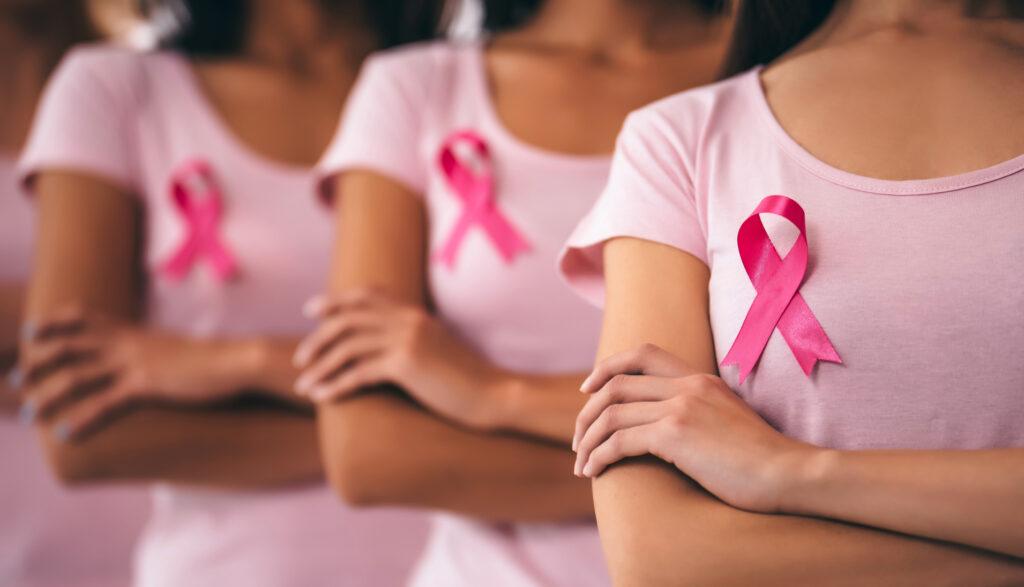
The Scale Of The Issue
Globally, breast cancer is the most commonly diagnosed cancer among women. According to the World Health Organization (WHO), in 2022 roughly 2.3 million women were diagnosed and around 670,000 died. Moreover, about 12% or 1 in 8 women in the U.S. will develop breast cancer during their lifetime. What’s more startling, is that according to the American Cancer Society, Black women in the U.S. have lower breast cancer incidence rates than White women yet are still more likely to die from the disease. These numbers matter because they show the difference between awareness and stark reality of the issue.
How Awareness Month Began
The pinktober we know started in 1985, when the American Cancer Society joined with the pharmaceutical arm of Imperial Chemical Industries to launch a week-long campaign promoting mammograms and early detection. Involving public figures like former first lady Betty Ford who was a breast cancer survivor, the campaign expanded into the full month we now recognize. Screening and survival rates improved but the campaign also set the stage for something else we were not fully prepared for: awareness as brand and trend.
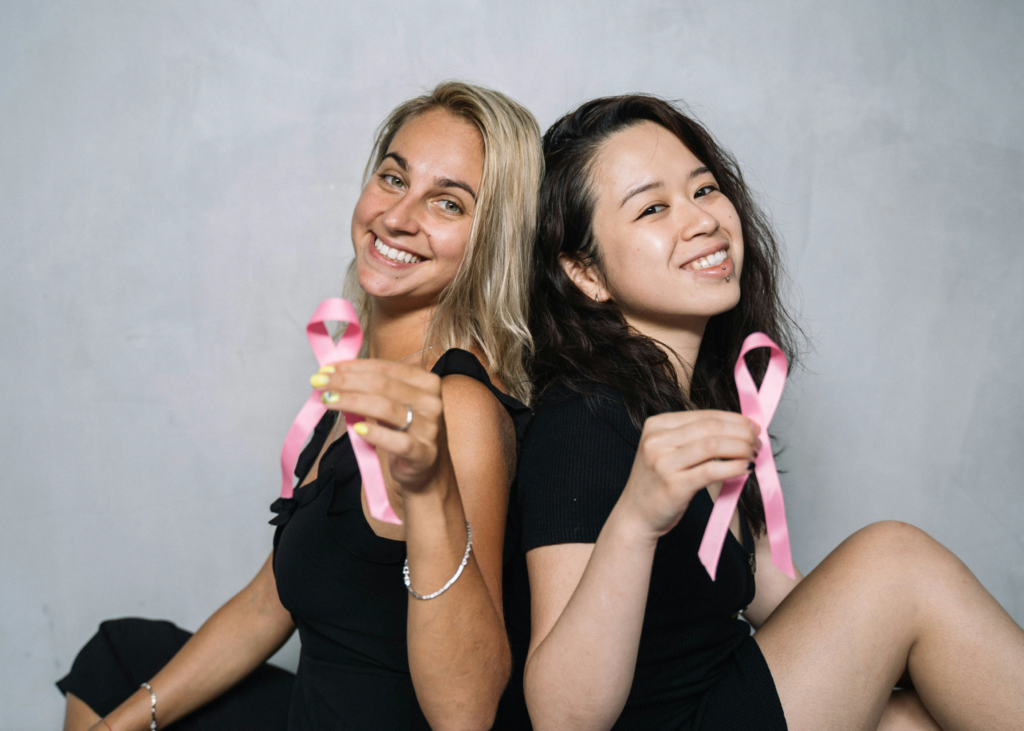
When Awareness Becomes Oversimplified
At first, the message felt simple: know your body, get checked, live. And yes, that message saved lives. But over time something shifted. October became pink-everything, from ribbons to water bottles and sneakers. Corporate logos embraced the ribbon. Yet the deeper truths remained: screening does not always happen, treatment is not always equal and survival is not guaranteed.
Writer Barbara Ehrenreich critiqued this in her 2009 essay “Not So Pretty in Pink,” arguing that pink-ribbon culture had begun to replace feminist health advocacy, turning illness into marketing rather than justice.
“To some extent, pink-ribbon culture has replaced feminism as a focus of female identity and solidarity,” she wrote.
Her point remains sharply true because if we are being sincere, awareness is only the start if we fail to confront the systems.
Awareness Month: What It Gets Wrong
When breast-cancer awareness is reduced to pink campaigns and wristbands, several truths get lost. It encourages a sense that knowledge equals safety but for many women, knowledge does not guarantee care.
Women of color still experience late diagnosis, aggressive tumor types, fewer treatment options, and worse survival. Young women are often overlooked entirely, yet they too get breast cancer and often under worse circumstances.
Nonetheless, companies still hop on the pink ribbon trend, fostering a marketplace of activism rather than a movement for structural change by addressing these important issues. We need to understand that it should not just be solely about awareness anymore, it should be about access. And if we focus only on survivors who made it, while ignoring those still waiting for treatment, still struggling for access or still silenced by inequity, we risk losing the plot.
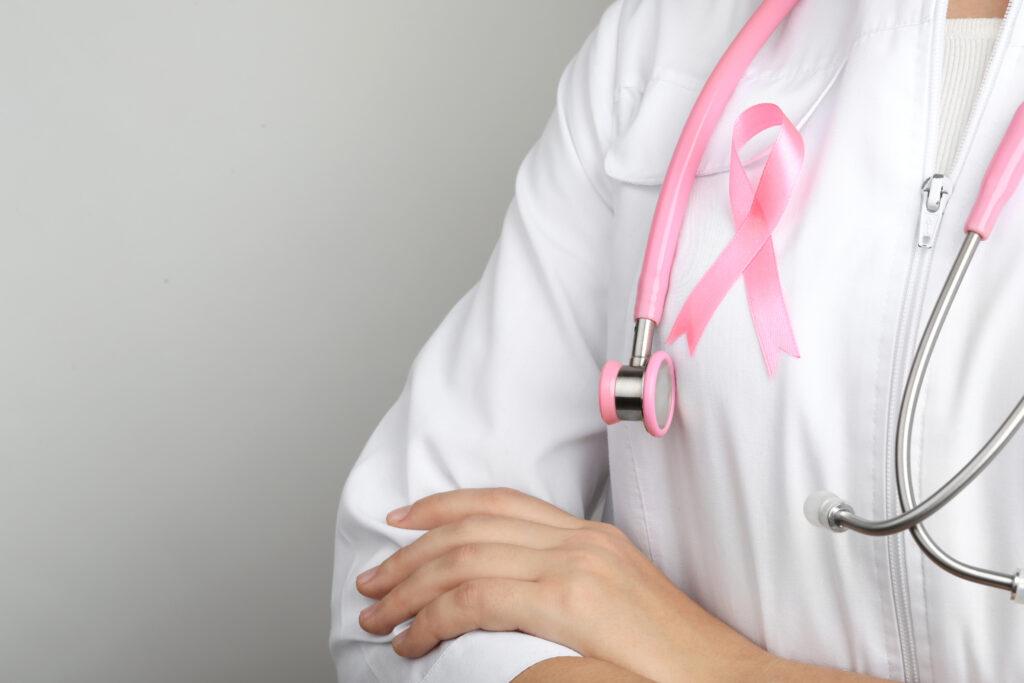
Doctor with pink ribbon and stethoscope on grey background, space for text. Breast cancer awareness
The Breast Cancer Gap: Beyond Awareness
Really closing the gap means more than awareness, it means providing quality screening to all, regardless of ZIP code or insurance status. It means research that reflects younger women and women of color. It means campaigns that center lived realities and structural change over hashtags. It means measuring mortality, not just ribbon counts.
And we are seeing signs of change. The WHO’s 2025 theme “Every Story is Unique, Every Journey Matters.” is a shift we should welcome. But it can not stop there. Awareness must evolve into action, into equity and access.
In conclusion, Breast-cancer awareness has achieved much. It has educated, it has mobilized and it has saved lives. But the breast cancer awareness gap reminds us that visibility is not justice. A pretty pink ribbon does not fix late diagnosis nor remedy structural bias. Until every woman with every background, age and income can say: “I knew. I got treated. I survived,” we haven’t finished the job. Let us endeavor to shift the narrative from awareness to equity. Because when every woman’s story is honored, and every journey supported, then awareness truly becomes meaningful.
